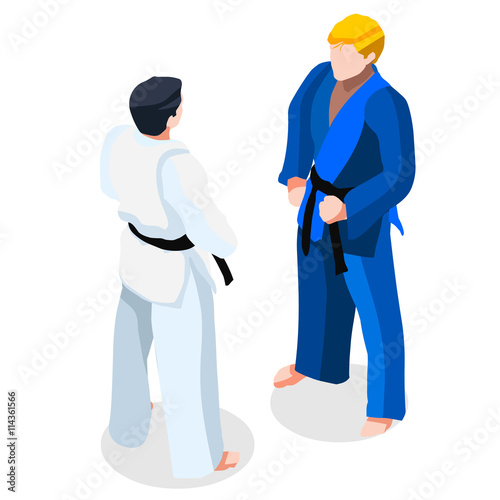Traditional Martial Arts Vs. Modern Combat Sports: Understanding The Secret Distinctions
Traditional Martial Arts Vs. Modern Combat Sports: Understanding The Secret Distinctions
Blog Article
Material By-Keith Brady
When you consider martial arts, do you lean more towards the traditional methods or the contemporary combat sports? Each path offers one-of-a-kind benefits and experiences, formed by their philosophies and training approaches. Traditional martial arts highlight personal development and discipline, while modern fight sporting activities focus on competitors and performance. Comprehending these differences can assist you in selecting the appropriate approach for your journey. Yet how do https://consofteachingkidsmartial98776.blog-kids.com/35735578/maximize-your-self-defense-training-with-indispensable-strategies-for-various-circumstances-ensuring-you-re-prepared-for-any-type-of-circumstance show up in training and philosophy?
The Viewpoint and Background Behind Typical Martial arts
While lots of people associate martial arts with physical battle, the ideology and background behind typical martial arts run much deeper. You'll discover that these self-controls highlight personal development, self-control, and regard.
Stemming from old practices, traditional martial arts were usually established for Self-Defense and spiritual development. They personify principles such as balance, harmony, and self-control, assisting experts past plain battling abilities.
As you educate, you'll not only discover methods yet also obtain insights into the culture and values that formed these arts. The routines and practices, often passed down with generations, promote a feeling of neighborhood and belonging.
The Affordable Nature of Modern Fight Sports
Modern battle sports have changed the landscape of martial arts into a very affordable field, where professional athletes take on in an examination of skill, method, and endurance.
You'll observe that competitors are often organized with rigorous rules and policies, making sure justice and safety. These events draw in big target markets, fueling the excitement and intensity of matches.
Athletes train rigorously, not just for physical prowess but additionally for mental toughness, understanding that every detail counts in the ring. The adrenaline rush throughout competitors is apparent, as fighters press their limits to claim victory.
Followers value the athleticism and artistry included, making contemporary fight sporting activities a thrilling spectacle that remains to evolve and mesmerize enthusiasts worldwide.
Training Methods and Techniques: A Relative Evaluation
The competitive ambience of modern-day combat sports demands cutting-edge training approaches that differ substantially from traditional martial arts.
In modern-day training, you'll concentrate on specific methods, competing, and conditioning, frequently making use of drills that mimic actual fight scenarios. is it too late to get into martial arts 'll see a focus on quantifiable performance and regular competition to analyze your skills.
On the other hand, traditional martial arts focus on forms, katas, and philosophical trainings, commonly stressing discipline and respect over competitors.
Training is generally less extreme and may involve recurring technique as opposed to real-time sparring.
While both methods build skill and health and fitness, modern-day fight sports supply an extra dynamic and versatile training setting, preparing you for prompt challenges in the ring or cage.
Pick the course that aligns with your goals and passions.
Conclusion
In choosing in between standard martial arts and contemporary fight sports, it really boils down to what you value most. If you're seeking individual growth, discipline, and a sense of community, conventional arts may be your ideal fit. Yet if you grow on competitors and real-time obstacles, modern-day combat sporting activities could be the way to go. Ultimately, both paths use special advantages, so it's everything about straightening your training with your personal objectives and rate of interests.
